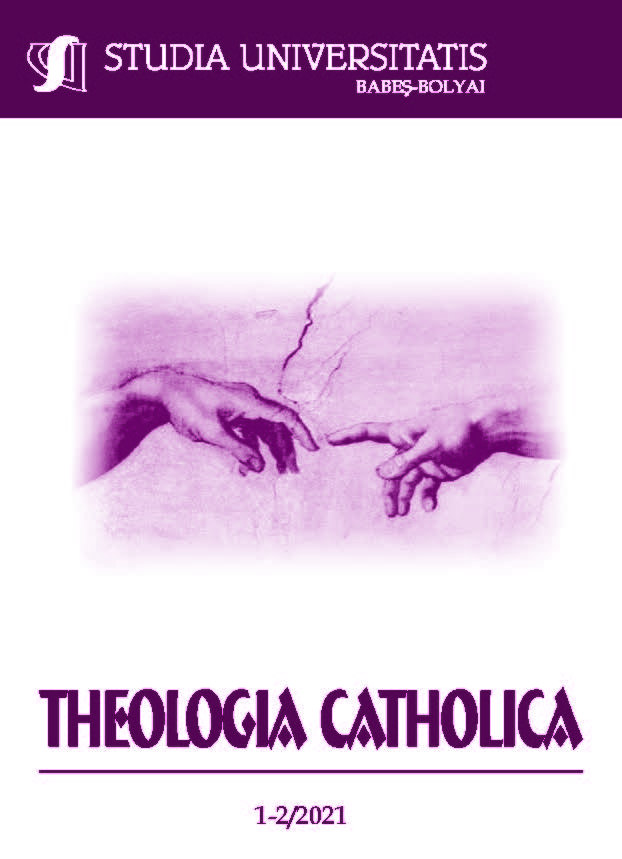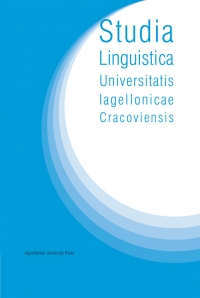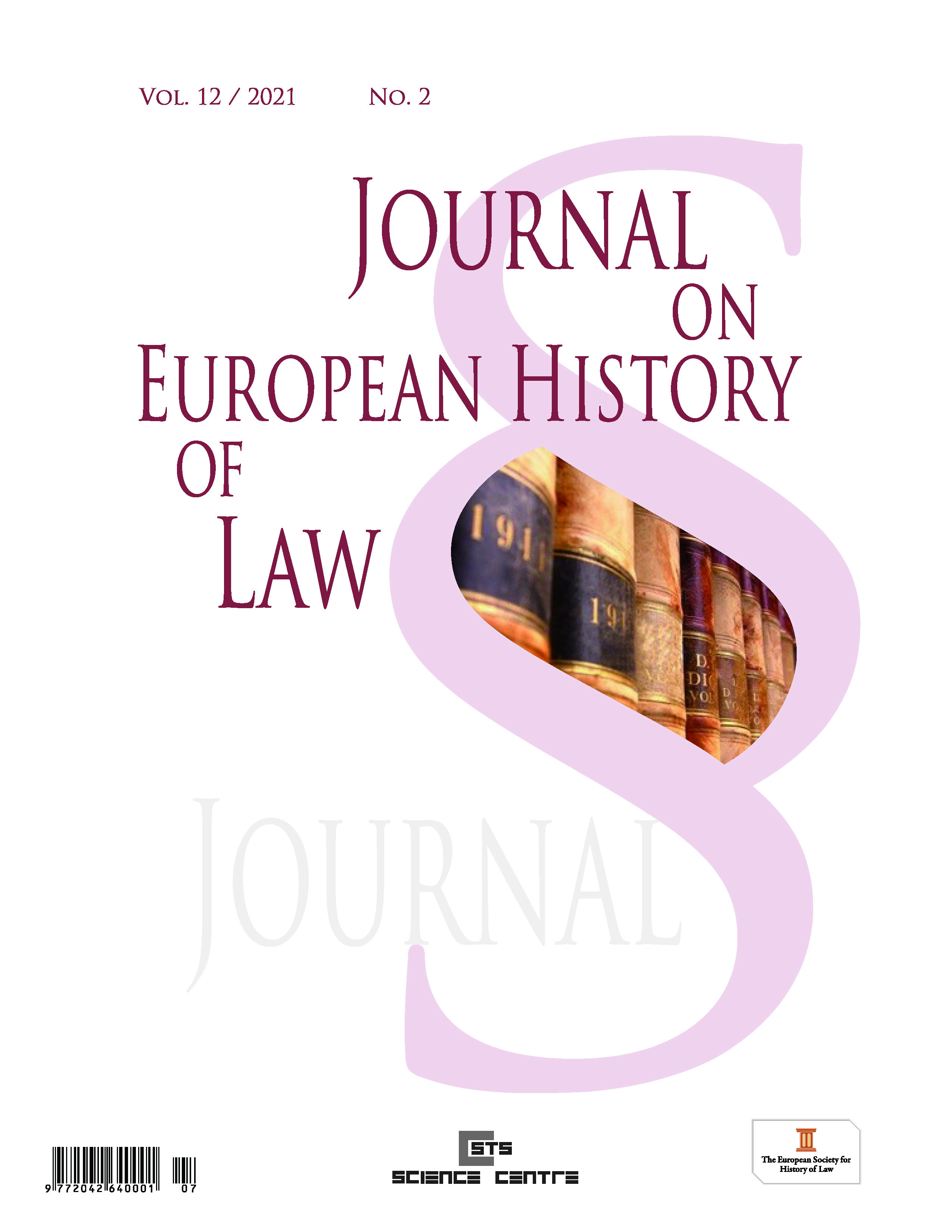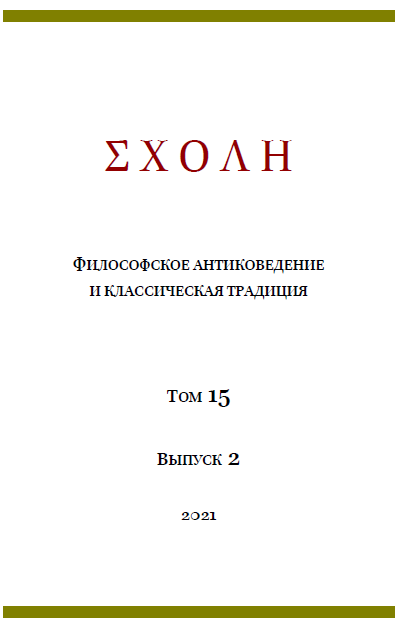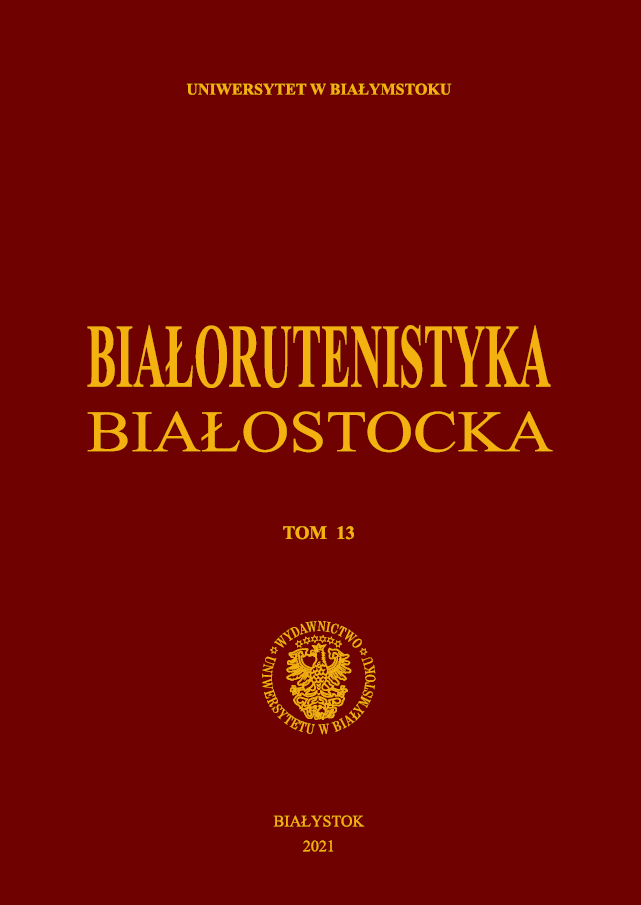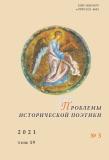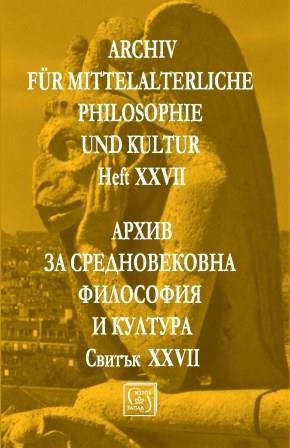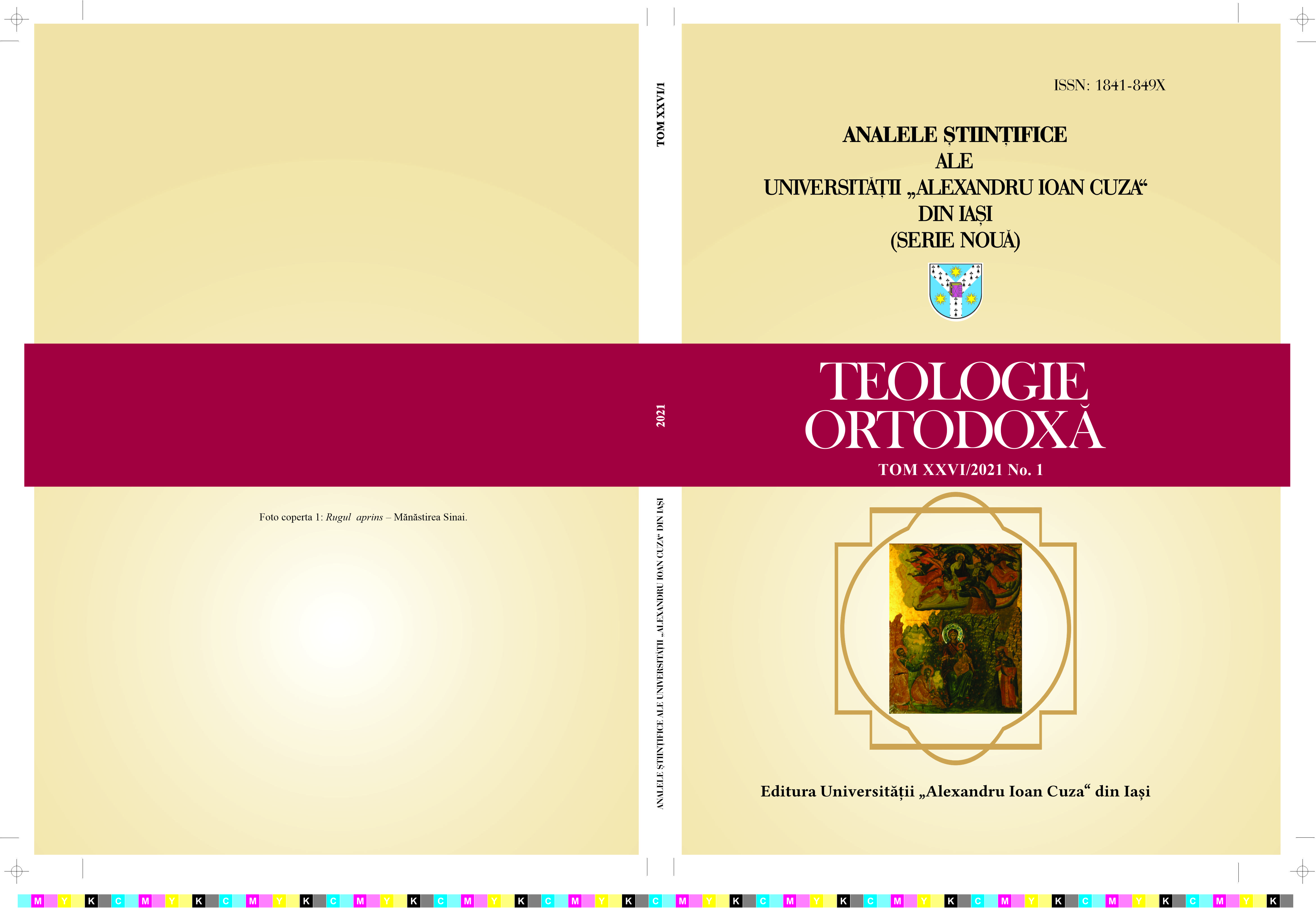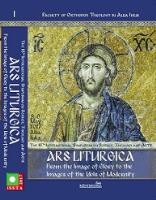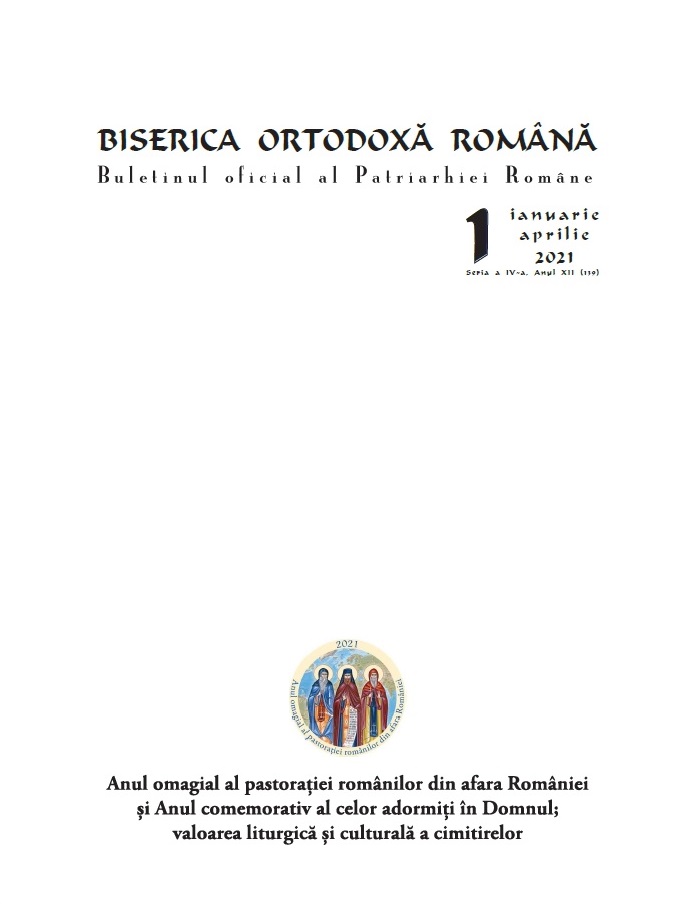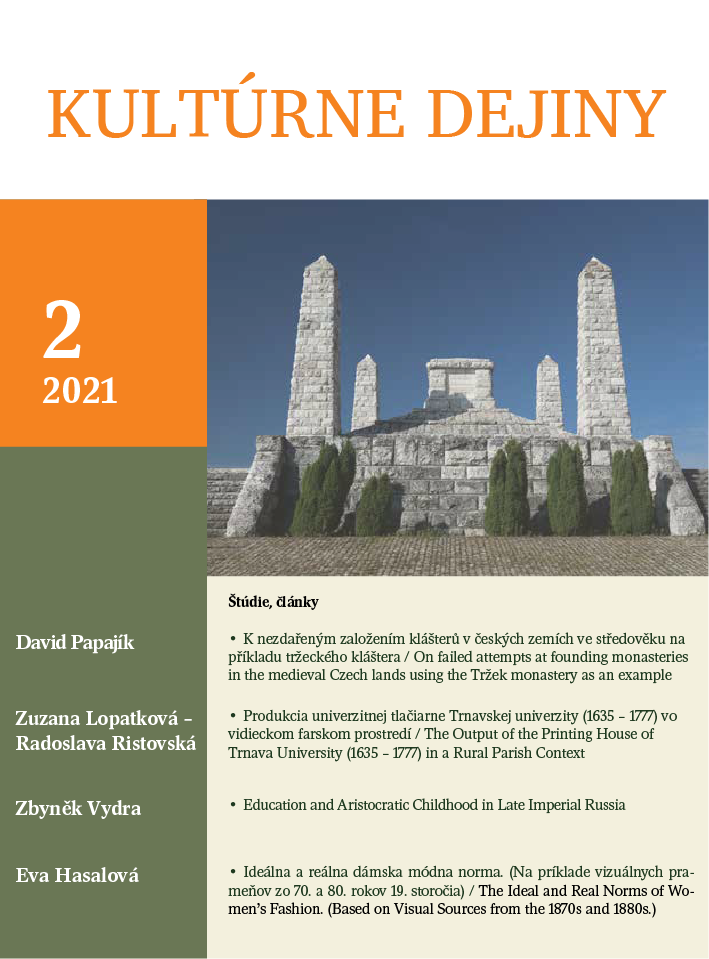
Recenzie
Reviews of: 1. Bežný život starých Rimanov. Marcela Andoková- Daniela Hrnčiarová (eds.). Bratislava : IRIS, 2020, 416 p. ISBN 978-80-8200-064-4; 2. Herucová, Angelika. Palatíni Arpádovských kráľov. Bratislava : Historický ústav SAV; VEDA, vydavateľstvo SAV, 2020. 288 p. ISBN 978-80224-1780-8; 3. Kopičková, Božena. Česká královna Žofie. Ve znamení kalicha a kříže. Praha : Vyšehrad, 2018, 294 p. ISBN 978-80-742-9974-2; 4. Hladký, Ladislav et al. Czech Relations with the Nations and Countries of Southeastern Europe. Zagreb : Srednja Europa, 2019, 410 p. ISBN 978-953- 8281-08-2; 5. Šmíd, Marek. Vatikán a sovětský komunismus 1917-1945. Praha : Stanislav Juhaňák - Triton, 280 p. ISBN 978-80-89946-02-0.
More...
